The Academy of Motion Picture Arts and Sciences (AMPAS) on Thursday welcomed RRR star Jr NTR to its Actor's Branch.
The Academy posted a note on its official Instagram page, announcing the Telugu cinema star as part of the prestigious group which also includes Ke Huy Quan, Marsha Stephanie Blake, Kerry Condon, and Rosa Salazar.
"In the capable hands of these dedicated and gifted performers, stories transcend the confines of imagination, taking on a tangible, visceral existence that captivates viewers around the world," the post read.
"Through their nuanced expressions, compelling gestures, and authentic portrayals, they bridge the gap between fiction and reality, allowing us to see ourselves in the struggles, joys, and triumphs of the characters they bring to life. The Academy is thrilled to welcome Ke Huy Quan, Marsha Stephanie Blake, Kerry Condon, NT Rama Rao Jr, and Rosa Salazar to the Actors Branch," it added.
Jr NTR as well as RRR co-star Ram Charan were among the 398 artistes and executives who had received invitations to join the AMPAS in June, months after the film won the Academy Award for Best Original Song for its famous track "Naatu Naatu”.
The Academy had also extended invitations to four more members of the RRR team -- lyricist Chandrabose, MM Keeravaani, cinematographer KK Senthil Kumar, and production designer Sabu Cyril.
Jr NTR will be next seen in the two-part action drama Devara and War 2, co-starring Hrithik Roshan.
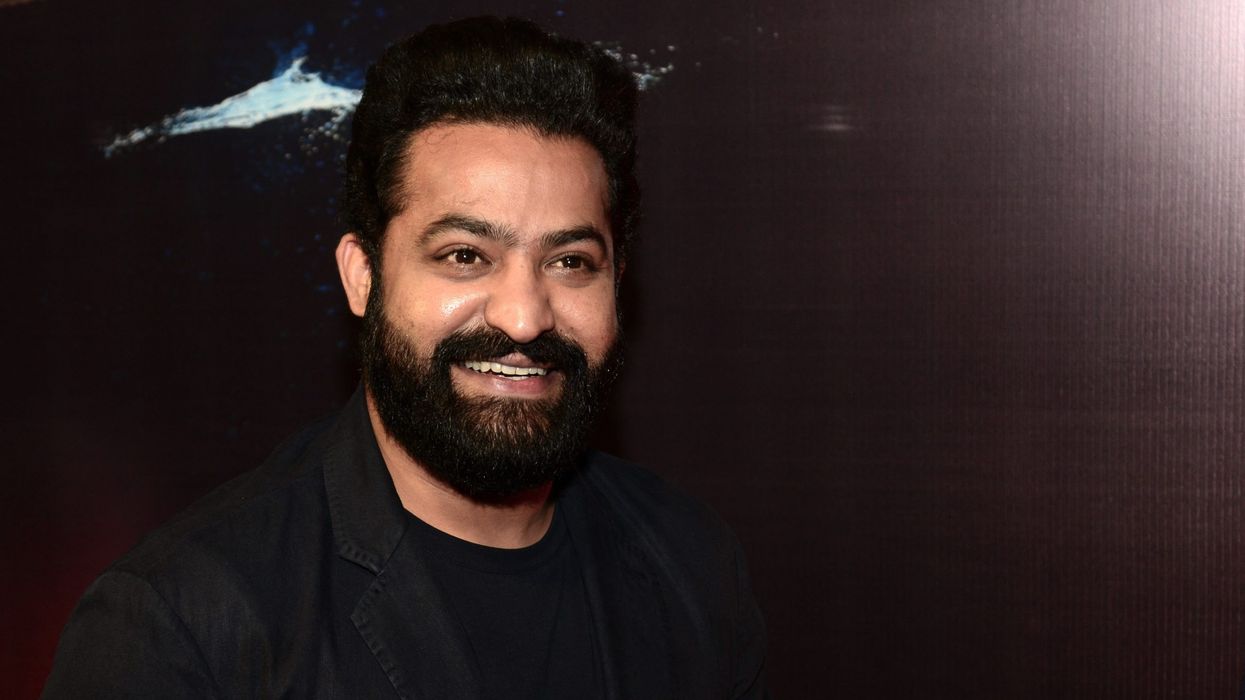
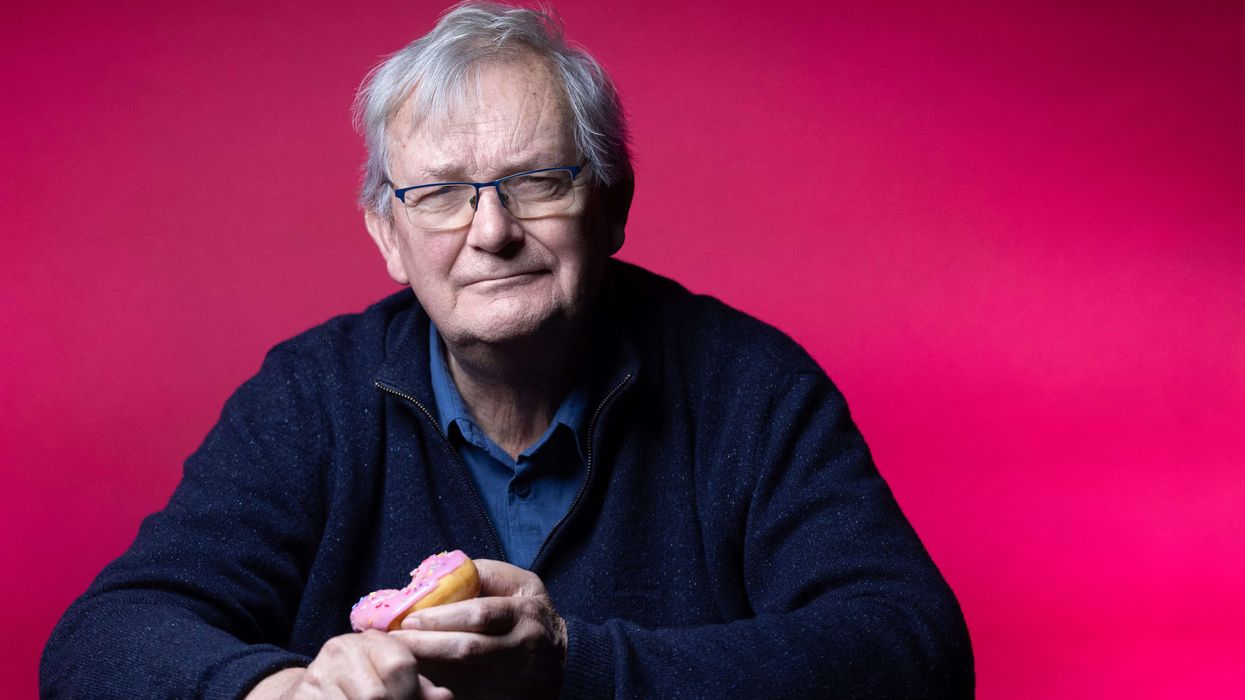
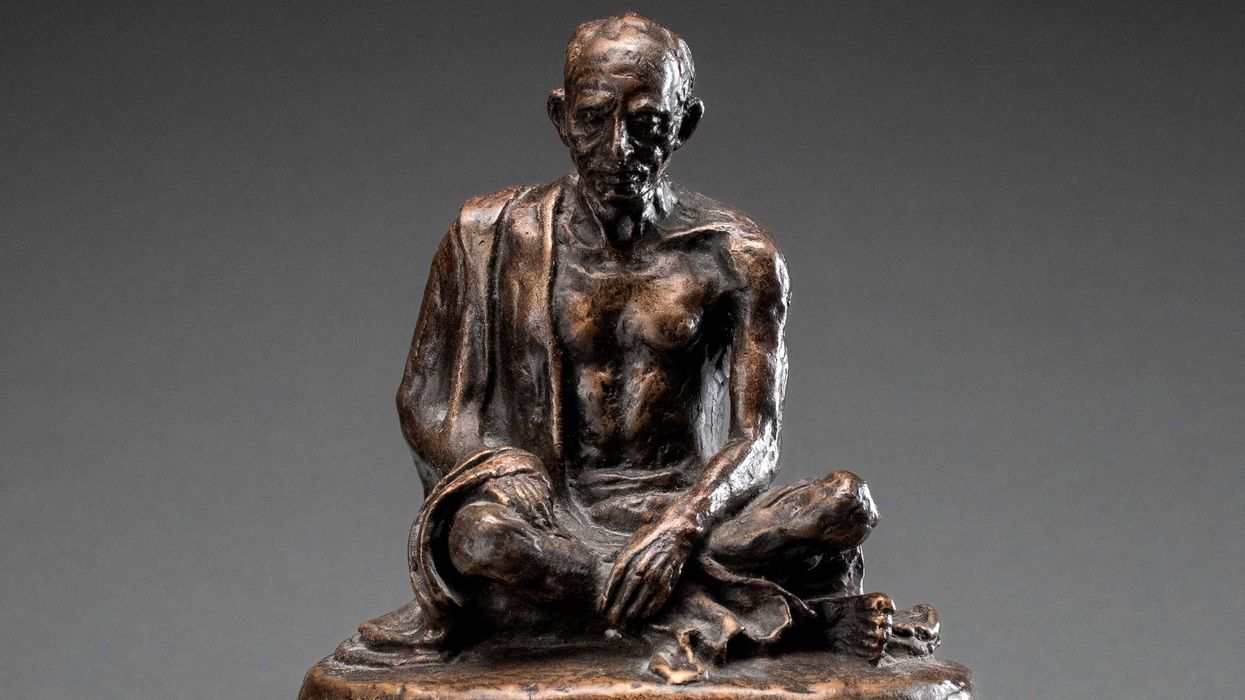
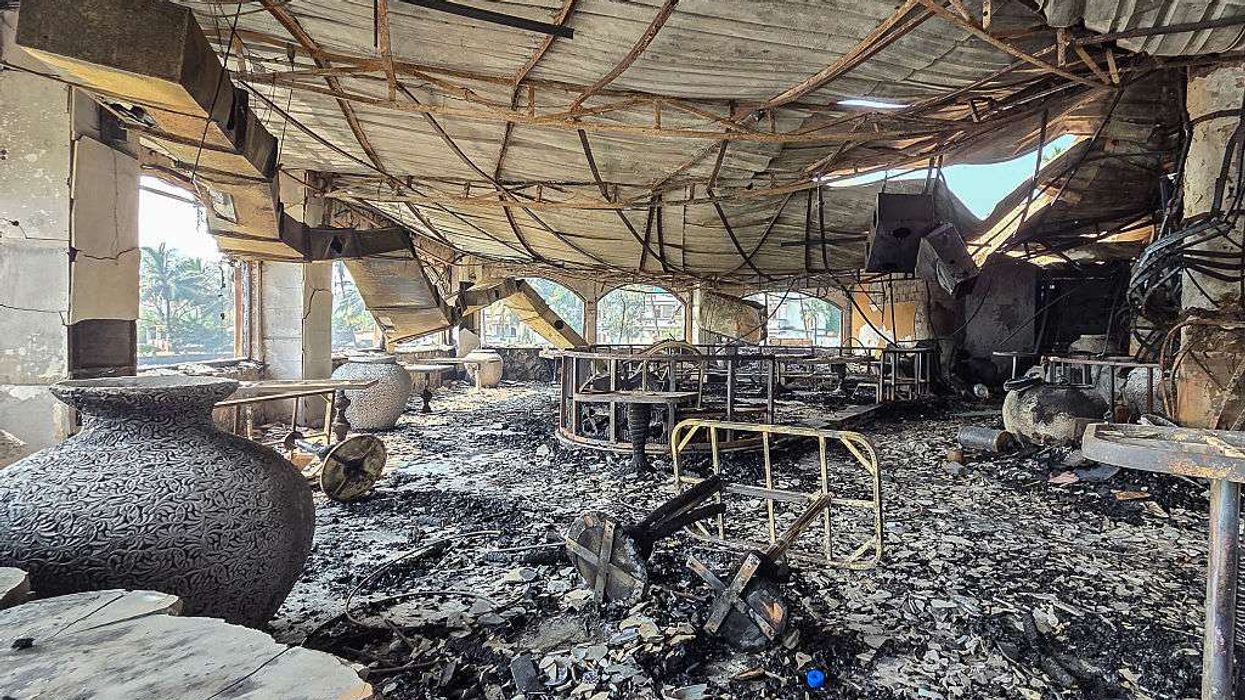
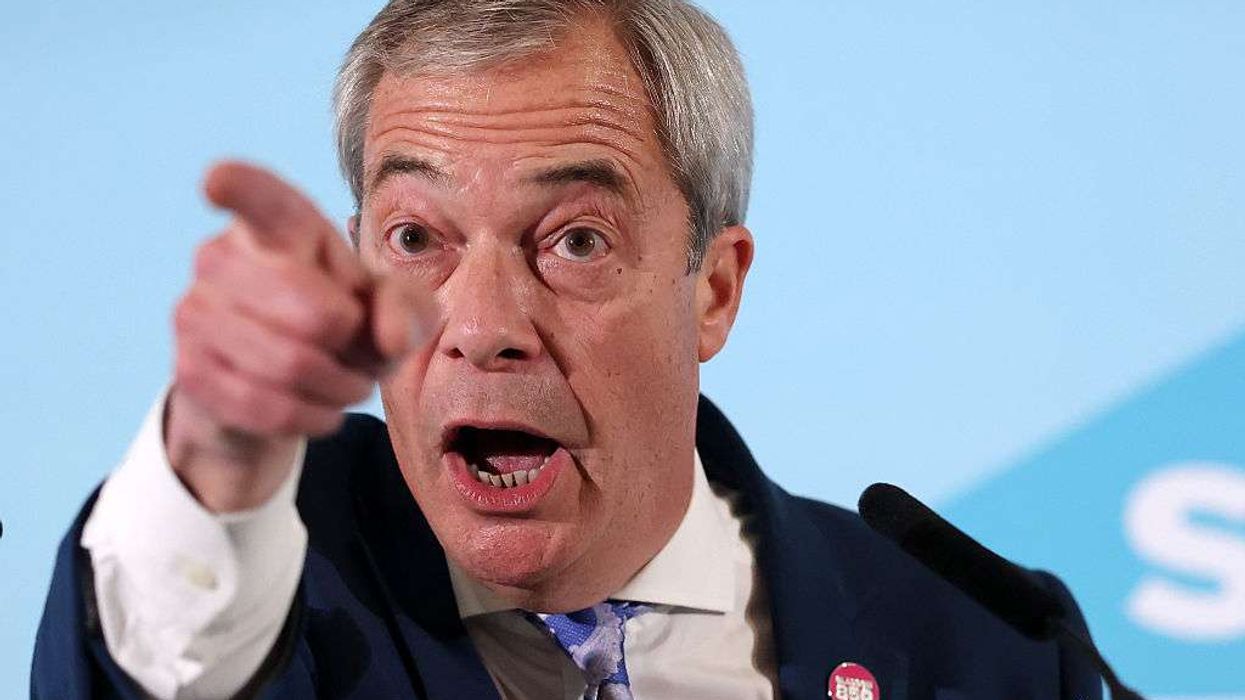
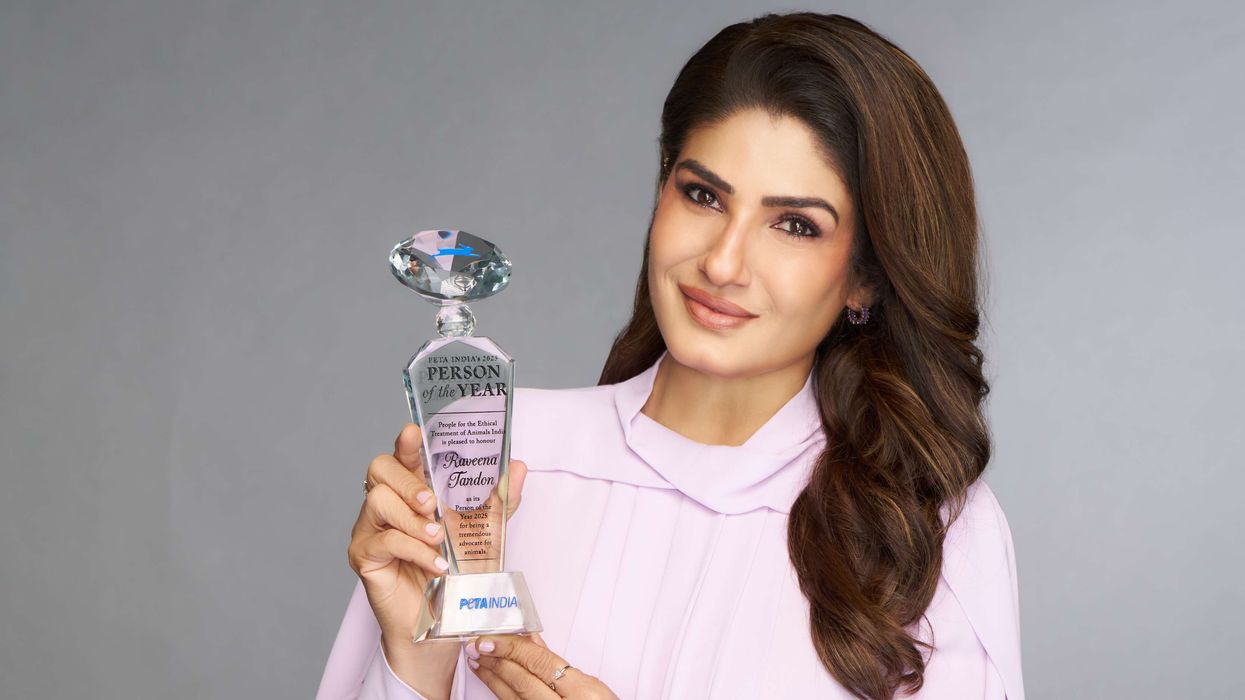
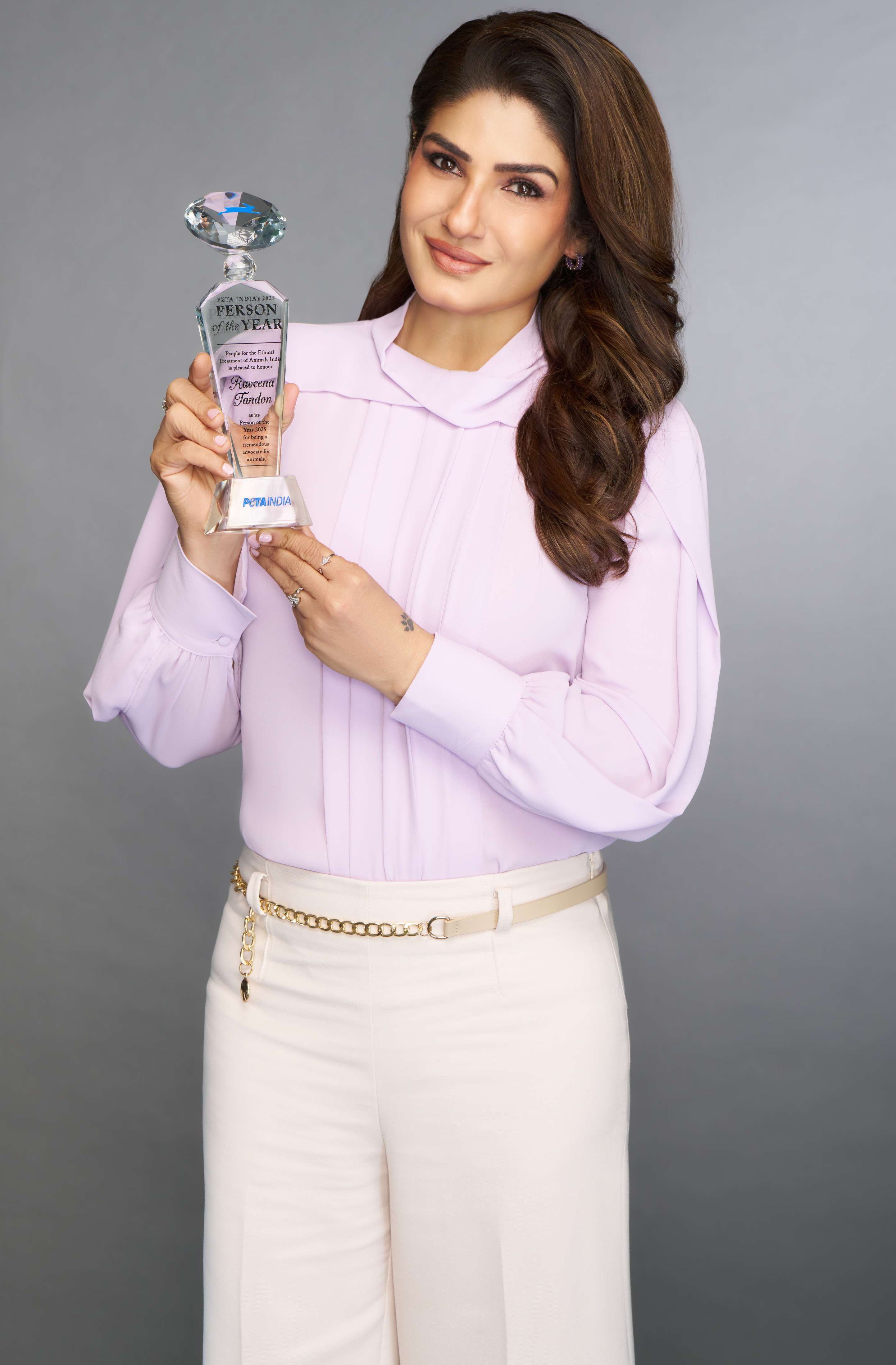 PETA India picks Raveena Tandon as Person of the Year after her stand against cruelty to animals Rohn Pingalay
PETA India picks Raveena Tandon as Person of the Year after her stand against cruelty to animals Rohn Pingalay  Raveena Tandon named PETA India Person of the Year for rescuing animals and opposing live elephant use
Raveena Tandon named PETA India Person of the Year for rescuing animals and opposing live elephant use 






